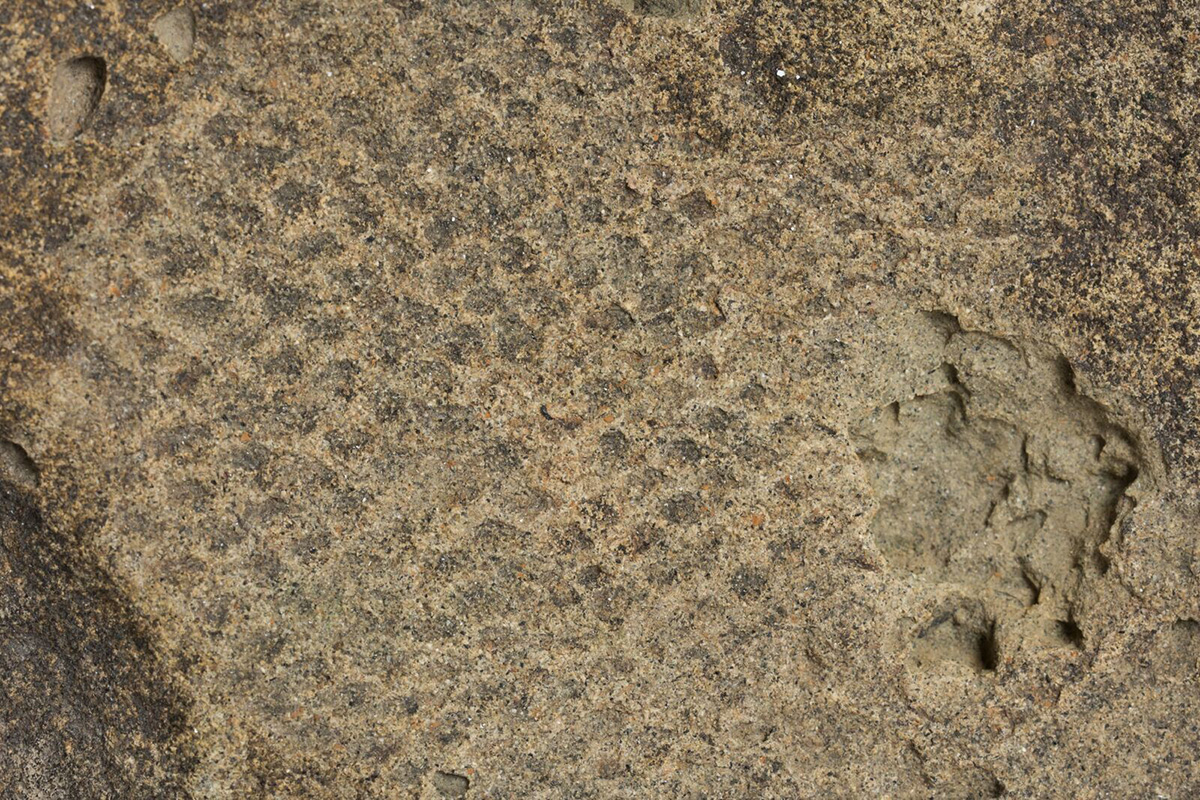
Recently discovered skin fossils found in Alberta and South Dakota show that tyrannosaurids, such as the prolific Tyrannosaurus rex was covered in tiny scales.
Image credit: Amanda Kelley
For the first time, researchers know what it would feel like to pet a Tyrannosaurus rex, thanks to the discovery of skin fossils in Alberta and South Dakota.
As part of a team of international researchers, paleontologists at the University of Alberta have discovered the first record of fossil skin from Tyrannosaurus rex and several other kinds of tyrannosaurids, including Albertosaurus, Gorgosaurus, and Daspletosaurus.
The newly reported fossils include specimens of dinosaur skin, found beside the bones of tyrannosaurids.
"The skin fossils show that the dinosaurs' hides were covered by small scales-each only a few millimetres or so in length," explained Scott Persons, a paleontologist and collaborator on the study.
But the biggest surprise of all for the research team was discovering that, unlike many carnivorous dinosaurs such as the Velociraptor, these specimens show no evidence of being covered by feathers.
"Many early carnivorous dinosaurs had a coat of hair-like feathers. They were actually fuzzy, unlike what we see in movies and on television," said Persons. "As another carnivorous dinosaur, many scientists speculated that the T. rex had feathers as well."
These new findings show that this was not the case, prompting paleontologists to ask a new question entirely: why did tyrannosaurids lose feathers and develop scales?
The answer, Persons suggested, could have to do with size.
"Very large animals tend to have a more difficult time keeping cool than staying warm," he explained. "That's why elephants and rhinos are nearly hairless. But even that may not be the whole story."
Other possibilities include environment, such as forested or shaded areas, as well as level of activity.
But one thing is clear. The prolific Tyrannosaurus rex was covered in tiny scales-and we now know what it would feel like to touch one.
The paper will be published in Royal Society journal Biology Letters in June 2017.